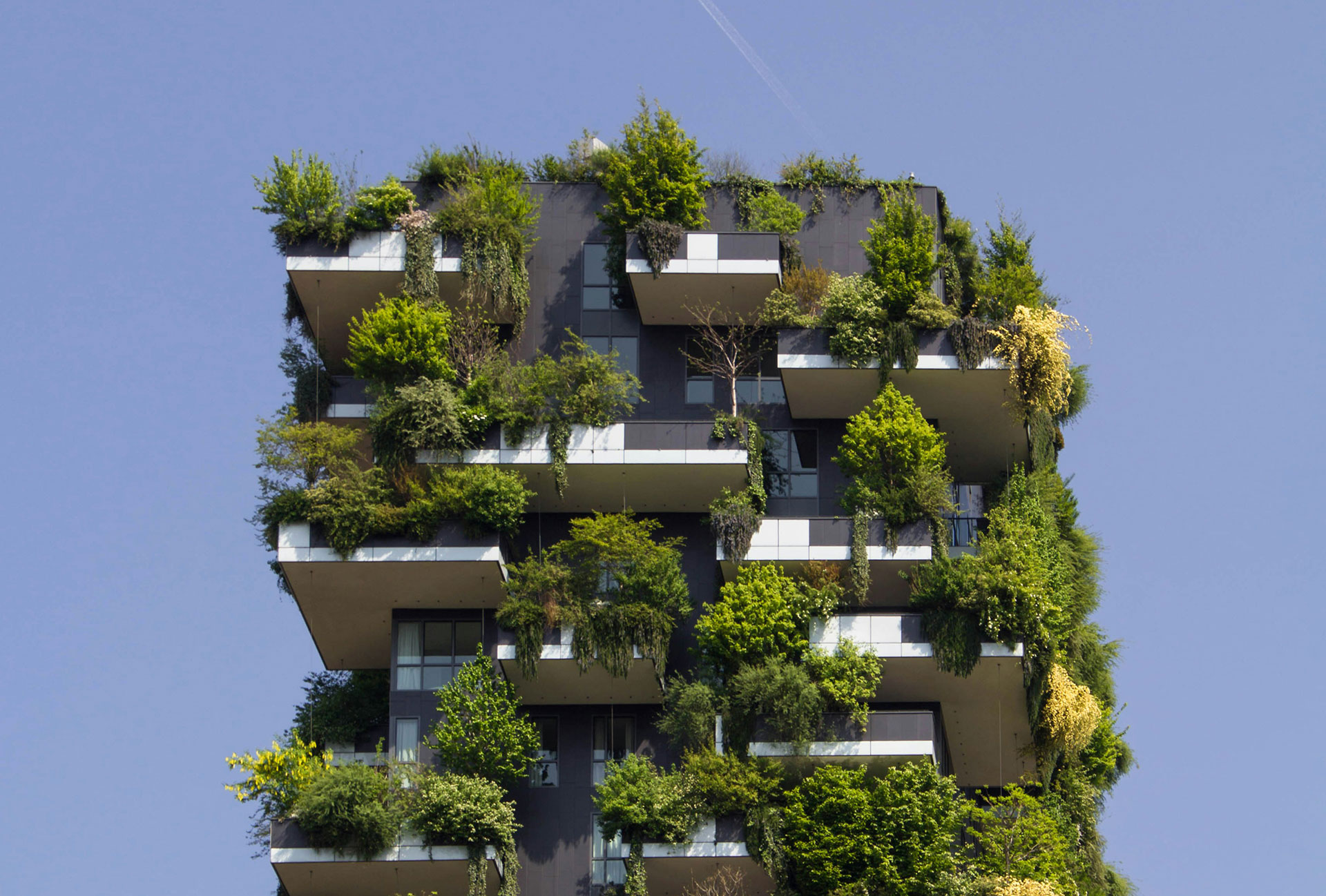MON - FRI: 08:00 - 05:00 PM

What Makes a Building Truly Sustainable?
Sustainability has become a buzzword in architecture, but cutting through the hype is key to understanding what actually makes a building sustainable. It goes beyond solar panels and recycled materials. True sustainability is about a building’s total impact, environmentally, socially, and economically, over its entire life cycle.
At Steve Jackson Design, we believe that sustainability starts with smart design. Here’s a deeper look at what defines a genuinely sustainable building.
1. Site Selection and Orientation
Sustainability begins long before the first brick is laid. Where a building is located and how it is oriented on the site can drastically affect energy use and resource efficiency.
A well-sited building takes advantage of natural light, prevailing winds, and shading from trees or nearby structures. It minimises disruption to the local ecosystem and infrastructure. Ideally, it’s also close to public transportation, schools, and shops, reducing the need for car travel.
2. Energy Efficiency
Reducing energy demand is central to sustainable architecture. That means designing buildings that stay cool in summer and warm in winter with minimal reliance on mechanical systems.
Strategies include super-insulated walls and roofs, airtight construction, energy-efficient windows, and passive solar design. Systems like geothermal heating, heat pumps, and high-efficiency appliances also help slash energy consumption.
But sustainability isn’t just about technology—it’s about using it wisely. Smart systems that adapt lighting and climate controls based on usage and occupancy can significantly cut waste.
3. Material Choices
A sustainable building is built with materials that are responsibly sourced, non-toxic, and durable. That doesn’t necessarily mean choosing the trendiest green-certified product. It means considering a material’s entire life cycle: extraction, processing, transportation, installation, use, and end-of-life disposal.
Locally sourced materials reduce transportation emissions. Reclaimed wood, recycled steel, and low-VOC finishes improve indoor air quality and reduce the building’s environmental footprint.
4. Water Conservation
Water scarcity is a growing concern, and sustainable buildings need to respond. Low-flow fixtures, rainwater harvesting systems, and drought-resistant landscaping all help reduce water consumption.
Greywater systems, which reuse water from sinks and showers for irrigation or flushing toilets, are another powerful tool for conservation.
5. Durability and Flexibility
A building that falls apart after 20 years is not sustainable. Neither is one that can’t adapt to changing needs. Longevity and flexibility are essential principles.
Durable materials, quality construction, and thoughtful detailing extend the lifespan of a structure. Designing flexible spaces that can serve multiple functions or be easily reconfigured reduces the need for future renovations or demolitions.
6. Health and Well-being
True sustainability includes the people who use the building. Good indoor air quality, natural daylight, acoustic comfort, and thermal regulation contribute to occupant health and productivity.
Non-toxic materials, good ventilation, and access to outdoor spaces aren’t luxuries—they’re part of what makes a building liveable and sustainable.
7. Community and Context
A sustainable building also supports the social fabric. It fits into its neighbourhood, respects the local culture, and strengthens community ties.
This means avoiding cookie-cutter designs and instead creating architecture that reflects its place and people. Engaging with the community during the design process can lead to better outcomes for everyone.
Sustainability as a Process, Not a Product
There’s no single formula for sustainability. Each project is different, with its own goals, constraints, and context. What matters most is a holistic, systems-thinking approach that considers the long-term consequences of every design decision.
At Steve Jackson Design, we integrate sustainability from the ground up, not as an add-on, but as the foundation of every project. That commitment is especially clear in our residential architecture work, where we help homeowners create spaces that are both beautiful and responsible.
If we want a future where buildings serve both people and the planet, we have to think beyond the checklist. True sustainability means asking better questions, designing with intent, and never settling for easy answers.
- Category :
- Type :